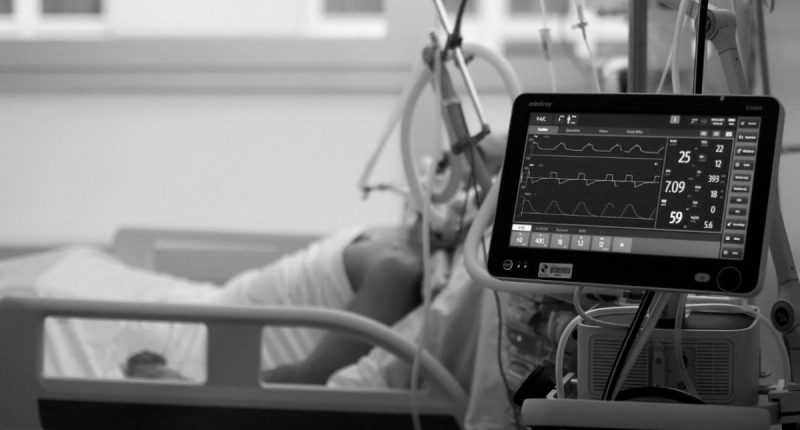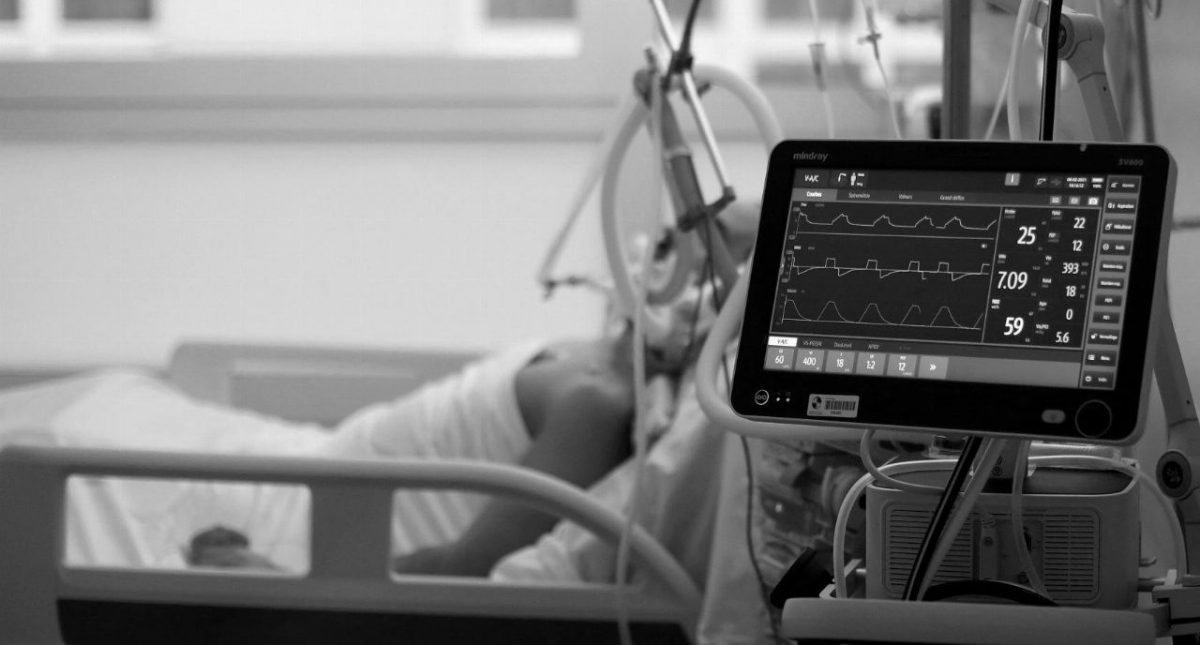The headlines might make you think that Anne Heche died twice. First on a Friday, when the actress was declared brain-dead. And then again on a Sunday, when her body was disconnected from machines so that her organs could be donated.
It would be easy to assume that these headlines are unique to this event, the fault of imprecise language or constraints around the timing of obituaries. But they actually reveal a much deeper and pervasive lack of understanding about what happens in that liminal space between the declaration of brain death and when a heart stops beating.
During this period, which could last for days, doctors and nurses must care for the body of a patient we know to be gone. It is an uncomfortable process in many ways, but there is a clear and necessary process that ultimately allows the lifesaving act of organ donation — just recently, in fact, the United States recorded one million organ transplants since 1954. And because brain death and organ donation are sensitive topics, so rife with misconception, it is essential to get the language right and to be open about the steps that health care providers take.
It all begins with a catastrophe. An accident. An overdose. We gather at the bedside with our lines and tubes and procedures. Minutes pass. Hours. Sometimes days. And then there is the moment when we realise that even as heart and lungs and liver and kidneys have started to improve, this patient will likely never wake up or breathe on their own again.
Often, by this time, the neurologists have already been involved. There might be a CT scan that shows early signs of damage — swelling, the brain tight within its bony cage, normal structures obliterated. Sometimes we have cooled the patient’s body to give the brain the best chance to recover and must wait until it has been warmed again before we can make any determination about what is left. It is at this point that we talk about the testing required to declare brain death.
The first time a patient of mine was declared brain-dead was in my intern year. She was a mother, as I remember it, and had come in after her heart had stopped during a drug overdose. By the time her heart started again, her brain had been without oxygen for too long. I watched as the lead neurologist went through the steps of the brain death exam that by now have grown familiar. He shined a light in her eyes. Her pupils did not react. He injected cold water into her ear with a syringe, moved her head quickly back and forth, pinched the beds of her nails, each test trying to elicit reflexes that were tragically absent. In the final test, we stopped the ventilator and watched for long seconds that turned to minutes as her body made no attempt to breathe.
It is during this process that we shift from thinking solely about our patient to thinking about the possibility that they might become an organ donor. This means that we call the regional organ bank, the nonprofit that is responsible for recovering organs from deceased donors. A federal mandate requires us to alert the organ bank in such cases, whether a patient is a registered organ donor or not. As they begin to review the case from afar, we talk to the family.
By now, they likely know what has happened, but we need to say the words. That there are two ways to die, because your heart stops or because your brain stops working, and that the testing that we have performed means that their loved one is legally dead. And then, as they try to get their mind around the fact that this person they love still has a heartbeat on the monitor but has died, they ask about what comes next.
Studies have shown that families are more likely to consent to organ donation if that request comes from someone who is specifically trained to ask, and that this request should be decoupled from the declaration of death itself. This makes sense. I am their loved one’s doctor — not someone who should be thinking about the organs that could save someone else’s life. So we are instructed not to bring up organ donation, not to say that an organ donor representative will reach out to them, but instead simply to say that a member of another team will talk with them about next steps.
I think that generally is enough; in their grief, families do not wonder why I didn’t bring up donation or feel misled, but it is always a moment where I feel pulled between my two mandates — one to this person and the family and the other to whatever it is that comes next. Though television shows would have you believe that the same doctors and nurses are also caring for the patients who will receive these organs, that is not the case. We never know where they will go.
Discomfort grows more acute in the coming hours or days, when a patient has been declared brain-dead, but whose heart is still beating as a result of our medicines and machines, and who is being worked up as a potential organ donor. This is the time between that Friday and Sunday, the space between death and donation. Now, a member of the organ bank is helping to direct the patient’s care from behind the scenes. Asking us to check labs. To do procedures.
The first time I had to do a bronchoscopy on a brain-dead patient, sliding a camera into the airways to visualise the lungs, I kept reminding myself that I was doing this to help save the life of someone who could not breathe. A colleague told me that when he does a cardiac catheterisation on such a patient, to see if the heart is viable for donation, he knows the patient is gone and yet he still gives numbing medicine before he nicks the skin. I have seen our nurses talk to patients still, even though they have died, even though they are no longer present to hear the words.
I will confess — back in my intern year, with the mother who had overdosed, there was a part of me that resented the organ bank representatives. And I think that’s a natural response, in a way, to this moment. We are asked to perform the rituals of critical care on deceased patients, so that their organs can go to someone else.
Years later, I no longer feel this way. Maybe it’s because I have cared for enough transplant recipients, and for those who died waiting for organs, that I know how remarkable it is to be able to donate. Maybe it is because I have seen so many tragic deaths that have no positive ends, nothing for anyone to hold on to after. Maybe because I have realised that in these moments, I am still caring for my patient and their family — I am doing what I can to make sure that their wishes are carried out and that some aspect of them persists, even in death. So we do the procedures. We check the labs. The family visits. The life is over, but there is this coda.
My patient’s son held his mother’s hand as they wheeled her body out of the intensive care unit. I remember that. He was wearing a baggy sweatshirt; he must have been a teenager. Her death certificate will mention only that first date, when we declared her brain-dead, because that is the day she died. There is no second death, as much as it might feel that way, despite what the headlines suggest. That second date, the punctuation mark at the end of the story, is the moment when loss turns to hope, when a stranger gets a second chance at life.
This article originally appeared in The New York Times.
Daniela J. Lamas, a contributing opinion writer for The New York Times, is a pulmonary and critical-care physician at Brigham and Women’s Hospital in Boston.





